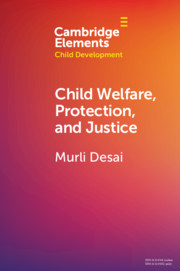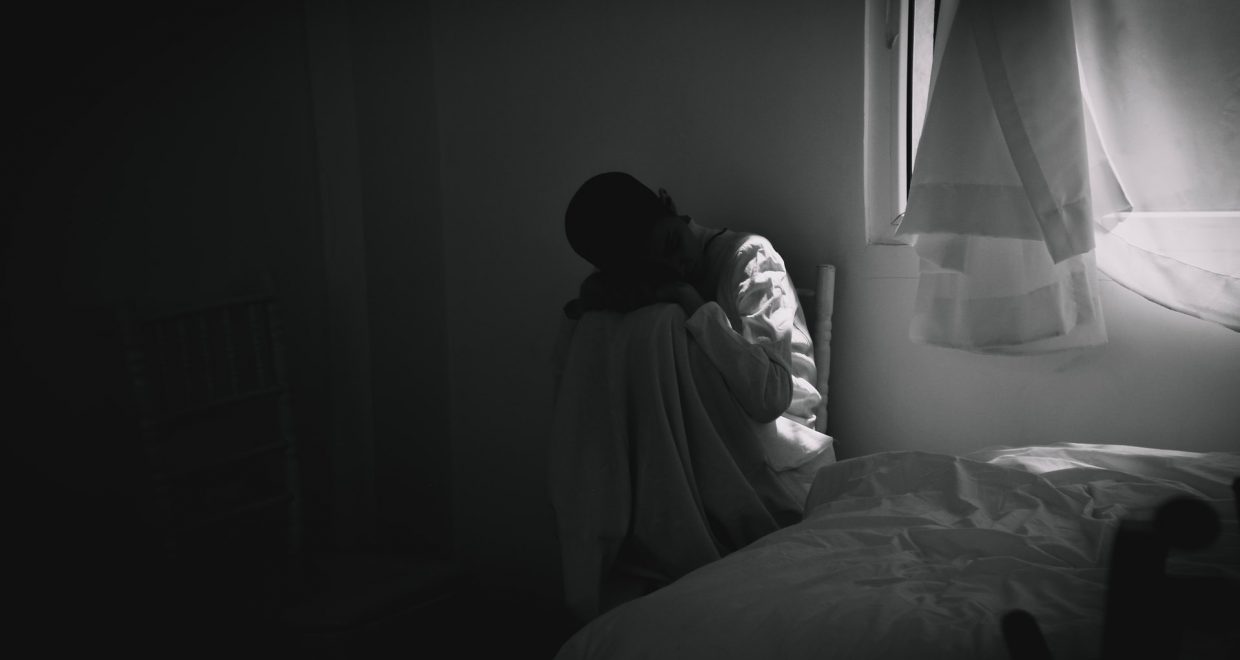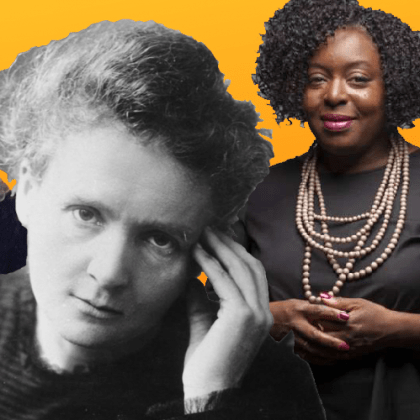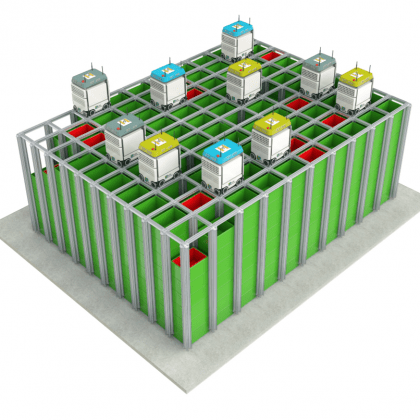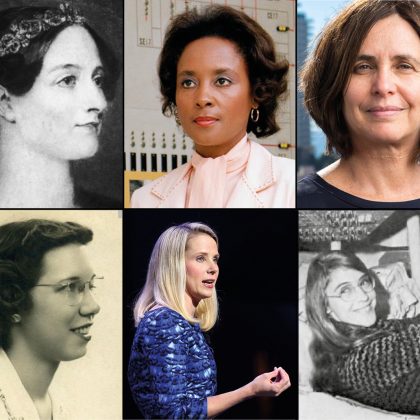Child Welfare, Protection, and Justice
I immensely enjoyed writing this booklet on universal conceptualisation of child welfare, protection, and justice. I am sure that the reader of this Element will find the conceptualisation very refreshing, no matter which part of the world he or she belongs to. I first reviewed the concepts of problems in childhood, and examined the need for specific and universal concepts as well as the need for contextualizing and linking of problems in childhood. I proposed a universal comprehensive and longitudinal conceptual framework of problems in childhood, their differential context, and their cyclical effects. Based on the linkages identified in children’s problems, I divided them into three consecutive levels, primary, secondary, and tertiary. The primary level problems are problems due to social exclusion that lead to secondary and tertiary levels of problems if not addressed. The secondary level of problems are problems due to poverty and neglect, that lead to tertiary level of problems if not addressed. The tertiary level problems are sociolegal in nature.
I propounded that the conceptual framework on problems in childhood leads to a conceptual framework for comprehensive child welfare services that are preventive. It implies that problems of children at the primary level can be prevented with primary prevention services, problems at the secondary level can be prevented by secondary prevention services, and problems at the tertiary level can be prevented by the tertiary prevention services. This means that social exclusion in childhood can be prevented by services of child development and child empowerment through schools. Poverty in childhood can be prevented by poverty eradication for families and financial assistance/ sponsorships for children through community-based family service centres (FSCs). These FSCs can also prevent neglect of meeting basic needs of children by supplementary childcare services and support services for families and children. Socio-legal problems in childhood can be prevented by the justice systems for children through child protection services for alternative childcare, child protection, justice for children and child rehabilitation and reintegration services. This comprehensive classification of child welfare services can be perceived in a pyramid form, indicating the large base of children facing problems at the primary level, and minimum number of children needing tertiary level prevention services, especially if the primary and secondary level services are adequately put in place. Such a conceptualization can go a long way in breaking the cycle of problems in childhood.
